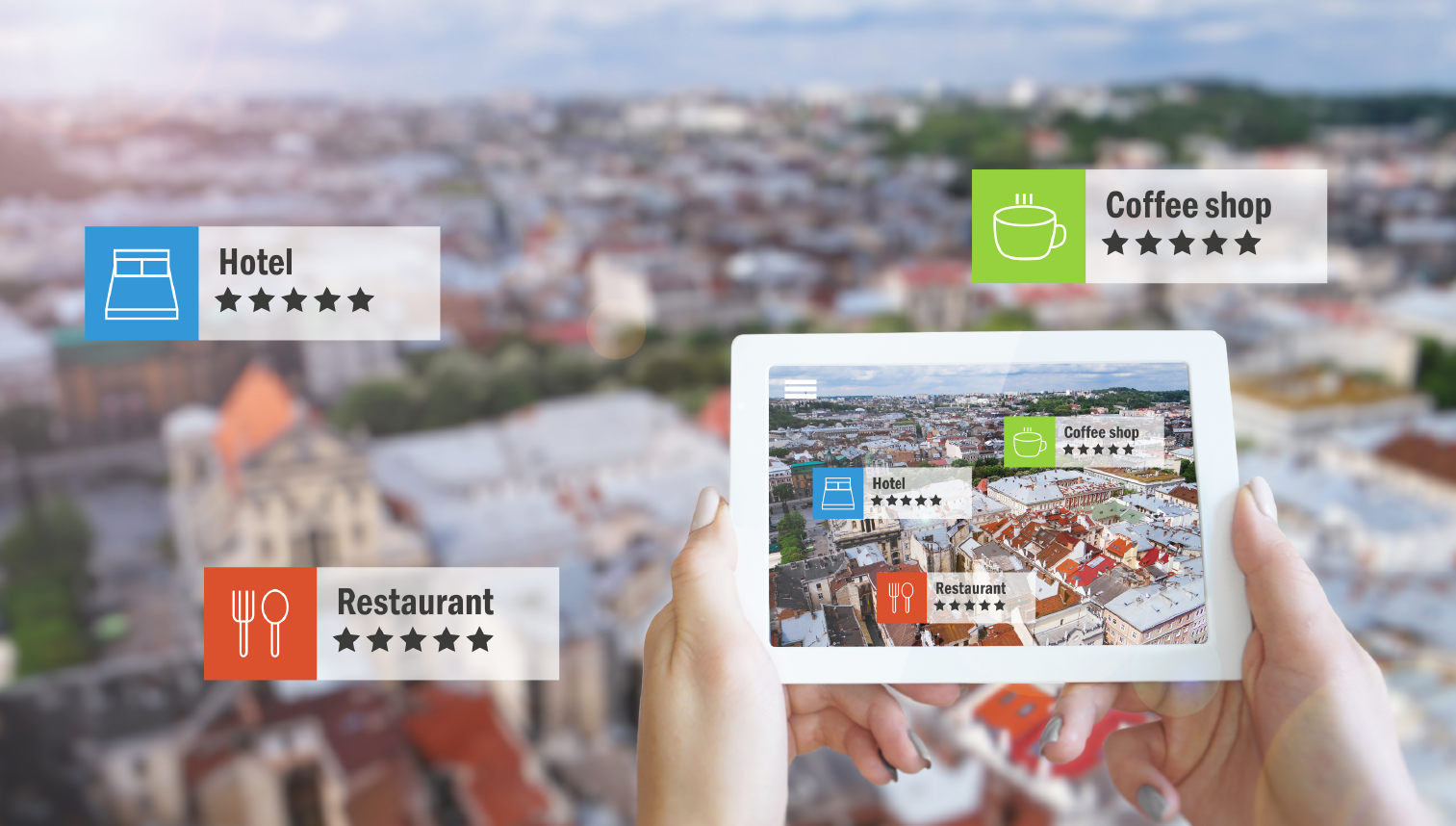What is UX design for Augmented Reality?
User experience design is the process of designing a product, service, or website that takes the real needs of the users into account. Excellent UX design places the user at the center and enables a seamless flow of information or interaction. It is about intuition, empathy, and human psychology.
Augmented reality (AR) is a technology that allows designers to enhance the perception of the real, physical world using computer-generated content. With augmented reality apps, UX design offers a seamless blend of software and hardware. AR experiences depend on the user’s natural environment, so the UX must be spatial, interactive, and contextual. This is quite a hard balance to strike.
To create a great AR experience, it is helpful to follow a few key UX design principles that we’ve highlighted below

The Five Pillars of Great UX for Augmented Reality
Interaction and visual interest are at the heart of every UX element for augmented reality. Users want to enter a virtual, augmented space and do not want to be distracted by unimportant or unappealing details. Keep these five principles in mind when designing UX for AR:
1. Environment
AR experiences are spatially and intimately connected with the real world. The UX experience must therefore be tailored to the environment and capable of adapting to any environment the user finds themselves in.
As designers, one of the best ways to learn about how to use the environment effectively is by getting out of your office and experimenting in the real world. In general, the environment can be categorized in four distinct ways regarding the distance from the user:
- Intimate Space
- Personal Space
- Social Space
- Public Space
Designers must try to think creatively about each type of environmental space and how the UX will change in each one.
2. Onboarding
Making your AR user experience friendly and engaging can be pretty challenging. By focusing on user onboarding, you will give yourself the best chance to make your UX enjoyable and practical. Often, you can’t just rely on basic markers and overlays to deliver the information. You must complete the onboarding experience more interactive, intuitive, and, most importantly, fun!
3. Movement
How does your product or service integrate with your users’ habits and needs? Movement is the key to engaging your users’ minds and allowing them to understand the experience physically and psychologically.
An AR experience should make full use of the space around the user and enhance the way users interact with the real world. To understand movement as a designer, you have to get out of your seat and experiment with how your experience works in real space.
Your AR app may visually guide the user, but it’s important not to dictate specific directions and instead grant the user some freedom with the way they move.
4. User Interface
User Interface (UI) in AR can consist of augmented reality elements and traditional screen space. As a designer, you may need to design different yet interchangeable UI experiences for both. This presents a significant but exciting challenge to designers and developers.
How can you use UI in the augmented space to boost immersion and deliver new experiences? Alternatively, how can you use screen space UI to provide crucial information and enhance the AR experience? These are some of the questions you should be asking when thinking about the interaction between UI and AR.
5. Interaction
In the world of AR, interaction is different. In regular apps, there are quite a few limitations on the user experience. With AR, you can expand the user experience and experiment with your interactions.
Users can move the entire device to initiative functionalities and move between various spatial interactions. It is important to make these interactions as intuitive and responsive as possible to ensure users get the most out of your features and continue to engage with your designs.
Excelling in the Realm of Augmented Reality
Paying attention to these five pillars will give yourself and your team the best chance of succeeding in your augmented reality pursuits. The potential for AR development is exciting. So, anyone involved in design and UX should be looking to AR as a new avenue to be explored.
To learn more about UX design principles and augmented reality, please contact our UX experts.


